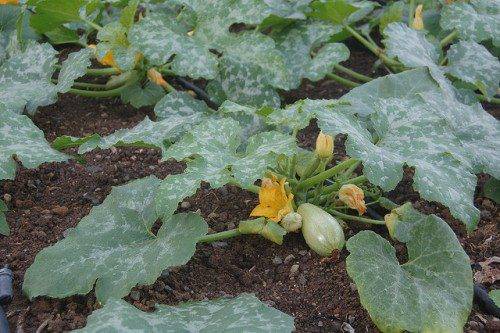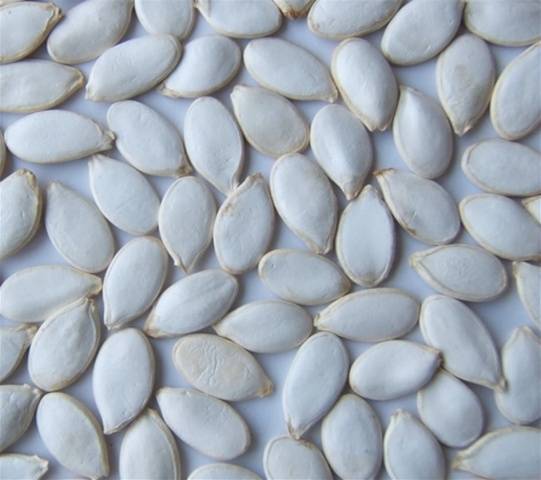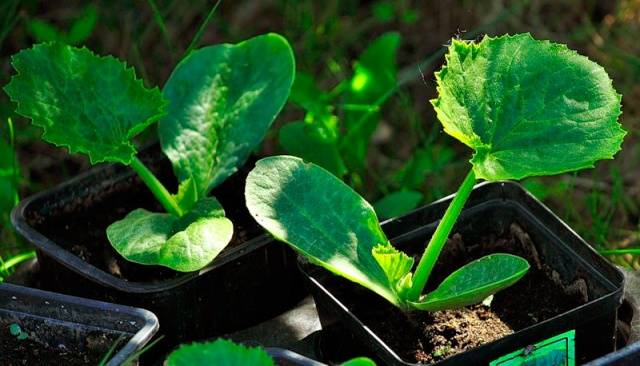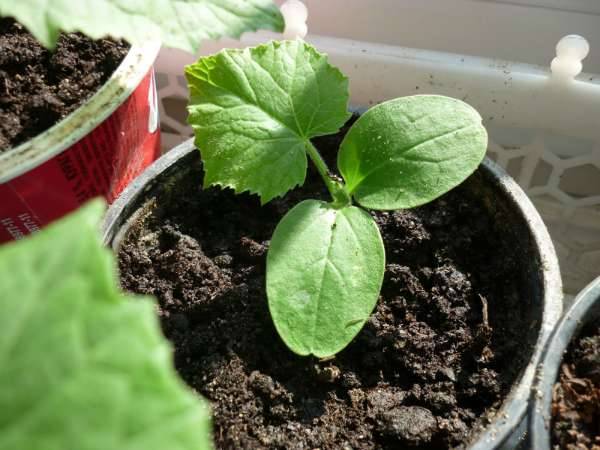Content
The inability to distinguish the shoots of different plants is a fairly common problem not only for novice gardeners, but also for experienced gardeners. This is especially true for seedlings of plants belonging to the same family. Landing markings go a long way towards avoiding this unpleasant situation, but even they can fail: get lost or be blown away. That is why knowing the clear differences between seedlings of often confused plants will not be superfluous. In this article, we will look at the most similar representatives of the Pumpkin family: zucchini and pumpkin.
The benefits of zucchini and pumpkin
In terms of benefits, there are no special differences between them. Both vegetables are incredibly healthy. They have a very rich composition that includes essential vitamins and minerals:
- vitamins A and C;
- vitamins of groups B and P;
- potassium;
- phosphorus;
- calcium;
- copper;
- iron and others.
Both of these cultures are capable of having a strong positive effect on the body. Due to the natural polysaccharide, pectin, which is part of them, they have a preventive and therapeutic effect on the gastrointestinal tract.
Of all the vegetables that are most often grown in the beds, it is these crops that are the lowest in calories and healthiest. In addition, they are approved for use in feeding babies from one year old.
The only difference between the two is the cooking methods. Zucchini are most often used for cooking dishes and preparations. Pumpkin works best in desserts and sweet cereals.
Differences between pumpkin and zucchini
Despite the fact that both cultures belong to the same pumpkin family and they have quite a few characteristics in common, there are also differences between them.
Distinctive features of pumpkin:
- plants produce powerful and long lashes. Unlike squash plants, they require mandatory formation;
- pumpkin most often has a round shape. Although such varieties of pumpkins have been bred that have an oblong shape, which is very reminiscent of a vegetable marrow;
- the color of the skin and pulp of a ripe pumpkin is orange, less often gray;
- they begin to ripen closer to mid-August, but the peak of their ripening occurs in the autumn months;
- pumpkin fruits have a hard layer under the skin that can also be eaten;
- pumpkin fruits have a sweeter taste and a stronger aroma than squash fruits.
Distinctive features of zucchini:
- plants are in the form of a bush and only occasionally let out whips, the sizes of which will be smaller than those of pumpkin plants;
- they have an elongated oval shape, but the fruits of some varieties have a pumpkin round shape;
- their color, unlike pumpkins, is more diverse: they can be yellow, green and even striped;
- bushes bear fruit all summer until the first autumn frosts;
- the pulp is homogeneous, it has a bland taste without a pronounced odor.
Differences between squash seeds and pumpkin seeds
There are cases when the seeds of these vegetables purchased in specialized stores, during storage, are crumbled and mixed with each other. Or the gardener independently prepared the seeds of these crops and did not sign them. You can, of course, plant seeds at random, but when planted together, zucchini and pumpkin can become dusty among themselves and give a poor harvest. Anyone who has never planted pumpkins and zucchini in their summer cottage will offer to simply disassemble the seeds.But experienced gardeners are well aware that it is not so easy to distinguish the seeds of these crops - they are outwardly almost identical to each other, although they have a number of features.
Distinctive features of zucchini seeds:
- their seeds have a more elongated-oval shape;
- the skin of the seeds is thin and easily damaged;
- the seeds are milky white in color without a yellow tint;
- the squash seed breaks in 2 halves when pinched between the pads of the fingers.
Compared to squash seeds, pumpkin seeds:
- have a more rounded shape;
- their skin is coarser and denser; the seeds are colored pale yellow;Important! There are some varieties of pumpkin, the seeds of which are no different in color from the seeds of a squash.
- their seeds are not so easy to split into 2 halves by pinching them between the pads of the fingers;
- pumpkin seeds are larger in size than squash;
- they have a faster germination rate than marrow seeds.
All these signs will help to disassemble the mixed seeds, but they will not give an absolute guarantee. Therefore, if it is impossible to select some seeds from others, it is recommended to plant zucchini and pumpkin in a seedling way. This is done in order to prevent the proximity of these crops on the same bed.
How to grow squash and pumpkin seedlings
Before planting zucchini and pumpkin seeds for seedlings, they must be processed. Most gardeners follow a standard pattern:
- Selection of seeds suitable for sowing.
- Soak.
- Warming up.
- Hardening.
Such seeds are planted directly into the soil, without any procedures.
Both crops are very sensitive to the acidic level of the substrate, so the soil for seedlings should be taken either slightly alkaline or neutral. Most often, peat diluted with humus, turf soil and sawdust is used for seedlings. Before planting seeds, the prepared soil must be disinfected with boiling water or a weak solution of potassium permanganate.
Large containers should not be used for planting these crops. It is best to take individual pots or cups and plant 1 to 3 seeds in each. The weakest shoots must then be removed, leaving only one strong one. The seeds are buried in the ground by 2 centimeters, while they must be placed strictly horizontally. The planted seeds are covered with plastic or glass and placed in a warm place with a temperature of 20 to 22 degrees.
Seedlings hardened in this way will not stretch even with a lack of lighting.
Watering the seedlings of these crops is carried out with settled warm water as the top layer of the earth dries up. Fertilization of young seedlings before planting in a permanent place is produced only 2 times:
- After 7 - 10 days from the emergence of seedlings, young plants are fertilized with mullein or urea and superphosphate. Use no more than half a glass of fertilizer per pot.
- After 7 days from the first feeding, young plants are fertilized with nitrophosphate. By this time, only the strongest sprout should remain in the cups, so the fertilizer consumption rate will be one cup per pot.
The finished seedlings are planted in a permanent place of growth not earlier than a month from the moment of seed germination. If they are planted in open ground, then planting should be carried out only after the end of the frost, namely in late May - early June.
Video on how to plant these crops for seedlings:
Differences between squash and pumpkin seedlings
As in the case of seeds, this method of distinguishing where the squash is and where the pumpkin is will not give a 100% guarantee. But in most cases, this is how you can sort one seedling from another.
Signs of zucchini seedlings:
- in squash plants, cotyledon leaves are more elongated, longer in shape than in squash seedlings;
- the first true leaf in their young plants is very thin with a carved surface;
- the stem of the seedling is rather long and pale green in color.
Signs of pumpkin seedlings:
- young pumpkin plants have a thick and short stem;
- both the stem and the leaves of the seedlings are colored deep dark green;
- pumpkin leaves are larger than those of squash plants. In addition, they are very coarse and dense in texture.
These differences in both seeds and seedlings of these crops have common features. Depending on the variety, the distinctive features of the plants may change, for example, the pumpkin will grow as a bush and have a pale green color of seedlings, or the squash plants will creep in the garden and have rough leaves. Therefore, the surest way to distinguish zucchini from pumpkins will be harvesting - it will already be clear where what fruits are.














